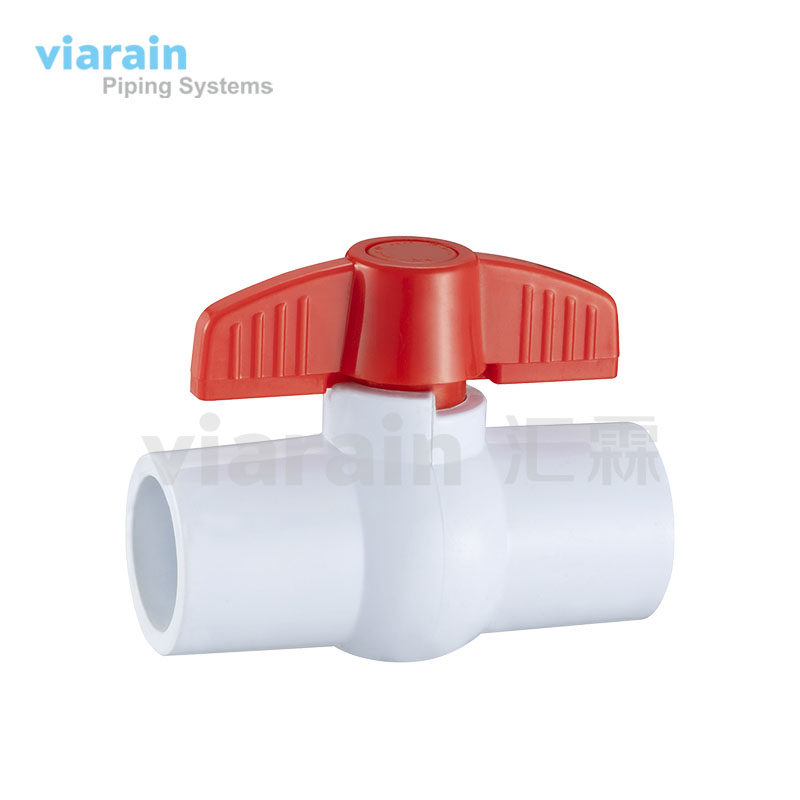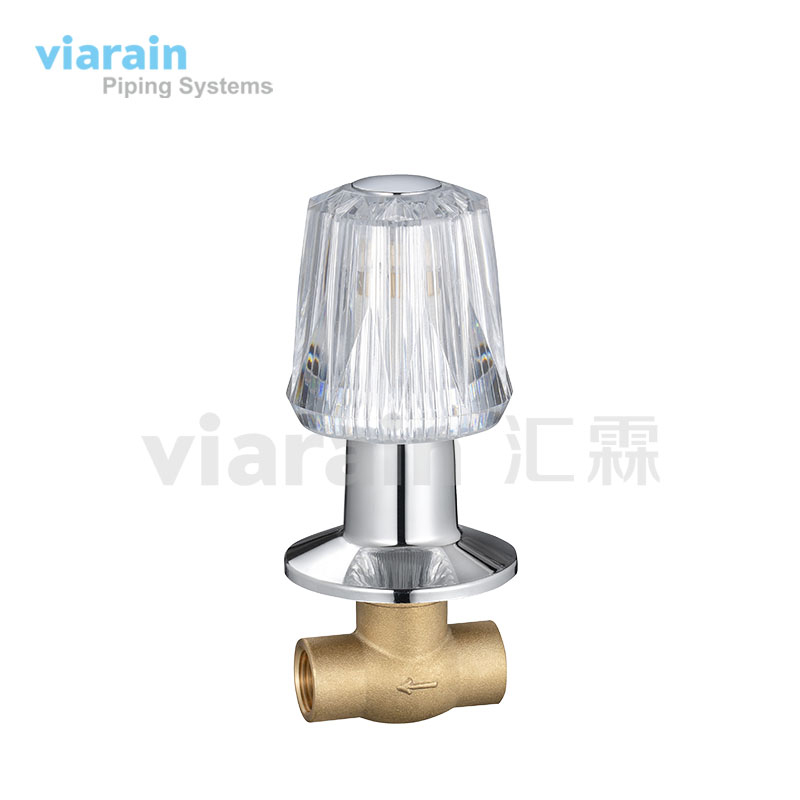Ball valves are essential components in modern fluid control systems, known for their durability, reliability, and efficiency. Their development has revolutionized various industries, from plumbing and oil refineries to chemical processing and power generation. But where did this ingenious invention originate? Understanding the history of ball valves provides insight into how engineering advancements have shaped the world of fluid dynamics.
The concept of controlling fluid flow dates back thousands of years. Ancient civilizations, including the Romans and Greeks, developed rudimentary valve systems to regulate water distribution. These early devices, typically gate or plug valves, were simple but often prone to leakage, wear, and inefficiency.

The search for better valve mechanisms continued throughout the Middle Ages and into the Industrial Revolution. With the increasing demand for efficient and leak-proof flow control in industries such as steam power and chemical production, engineers sought improvements to traditional valve designs.
The invention of the modern ball valve can be traced back to the 20th century. While the exact origins remain somewhat unclear, early designs appeared in the 1870s, but they were not widely adopted due to material limitations. It wasn’t until the mid-20th century that ball valves saw significant advancements.
In the 1940s, industrial innovations in materials and manufacturing allowed engineers to refine the ball valve design. The introduction of synthetic polymers, particularly Teflon (PTFE), enabled the creation of durable, leak-proof seals that significantly improved valve performance. This breakthrough led to the widespread use of ball valves in industrial applications.

Design and Functionality
A ball valve consists of a hollow, perforated sphere (the ball) that rotates within a housing to control fluid flow. When the valve is open, the hole in the ball aligns with the pipe, allowing fluid to pass through. When closed, the solid part of the ball blocks the passage, stopping the flow entirely. This simple yet effective mechanism offers several advantages over traditional gate or globe valves, including:
● Quick and easy operation (usually with a quarter-turn handle)
● Minimal leakage due to tight sealing properties
● High durability and resistance to pressure and temperature variations
● Compact design with low maintenance requirements
Modern Applications and Advancements
Since their popularization in the mid-20th century, ball valves have evolved to meet the needs of various industries. They are now used in:
● Oil and gas pipelines for controlling crude oil and natural gas flow
● Water treatment plants to regulate clean and wastewater systems
● Pharmaceutical and food industries where sanitary conditions are crucial
● HVAC and plumbing systems for precise fluid regulation
Technological advancements continue to improve ball valve designs. Today, automated and smart ball valves equipped with sensors and remote-control capabilities are becoming standard in industrial settings, increasing efficiency and safety.
The ball valve is a testament to human ingenuity in engineering and fluid control. From its early conceptual designs in the 19th century to the highly efficient and reliable versions we use today, this innovation has played a vital role in industrial development. As technology progresses, ball valves will continue to evolve, further enhancing their efficiency and versatility in global industries.
Post time: Feb-17-2025